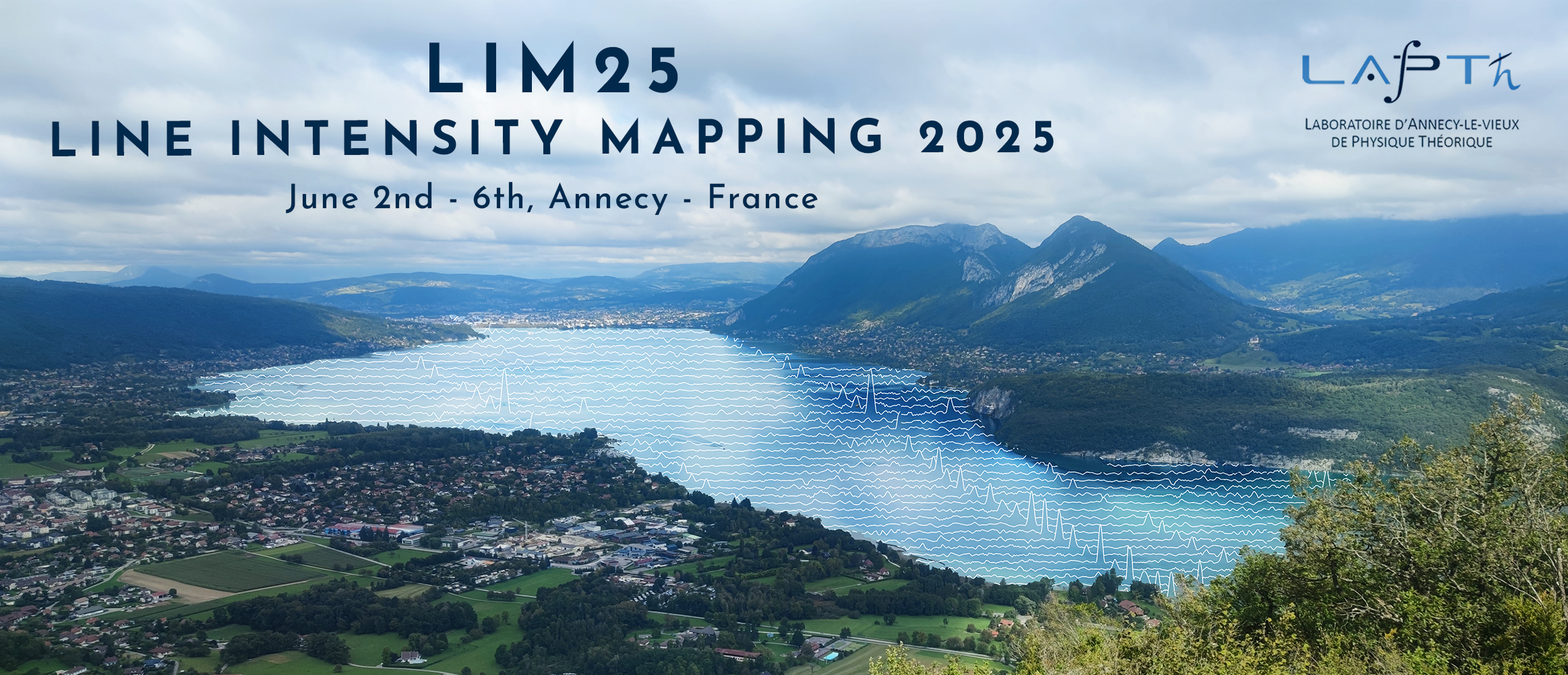Orateur
Description
I will present the SPHEREx map-making pipeline, a key component of our effort in intensity mapping. SPHEREx is an all-sky near-infrared spectral survey that was launched in early March. One of its three main science goals is to explore the origin and evolution of galaxies and probe the epoch of reionization (EoR) through a deep survey mapping large-scale structure. SPHEREx will produce two deep-field spectral mosaic maps, each covering ~100 deg² in 102 wavelengths near the north and south ecliptic poles, with high sensitivity ideal for studying the extragalactic background light (EBL). The EBL maps contain total galactic light production, including faint and diffuse sources such as unresolved low-redshift galaxies, intra-halo light (IHL), and sources from EoR. Joint analysis of auto- and cross-channel power spectra enables component separation, providing constraints at different angular scales. The amplitude of the linear clustering signal traces the cosmic star formation history. In addition, cross-correlation with galaxy surveys enables redshift tomography, as EBL emission correlates only with galaxies at the same redshift. By leveraging SPHEREx’s 3D line intensity cubes, we can conduct multi-line intensity mapping and probe galaxy evolution with high signal-to-noise. Our map-making pipeline processes exposure images to mosaic maps and computes power spectra. We remove zodiacal and Galactic foregrounds, calibrate instrumental effects, and validate our analysis by propagating simulated observations through the pipeline. I will present the current status of SPHEREx intensity mapping with our deep-field maps across 102 wavelength bands. Additionally, we can generate maps in other regions of the sky for different science objectives.

